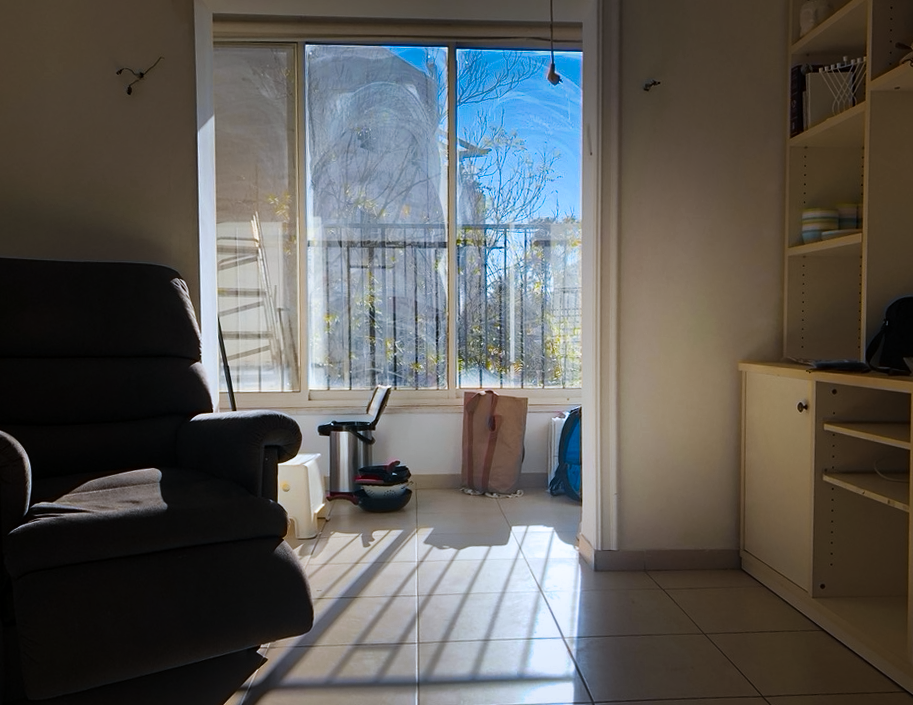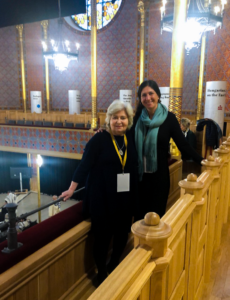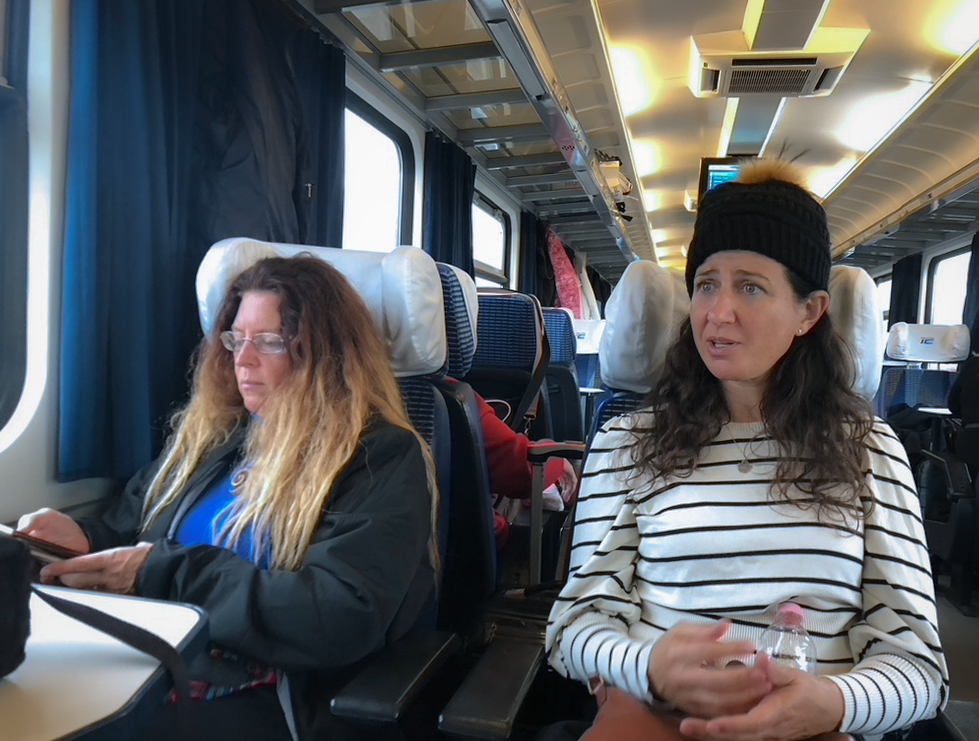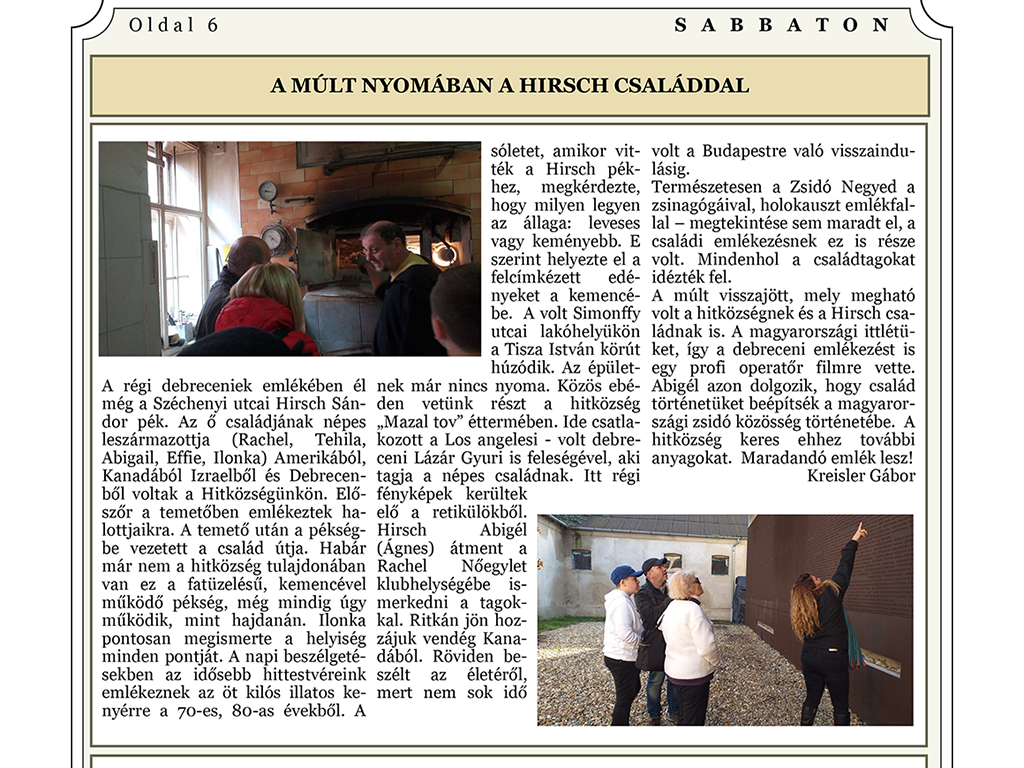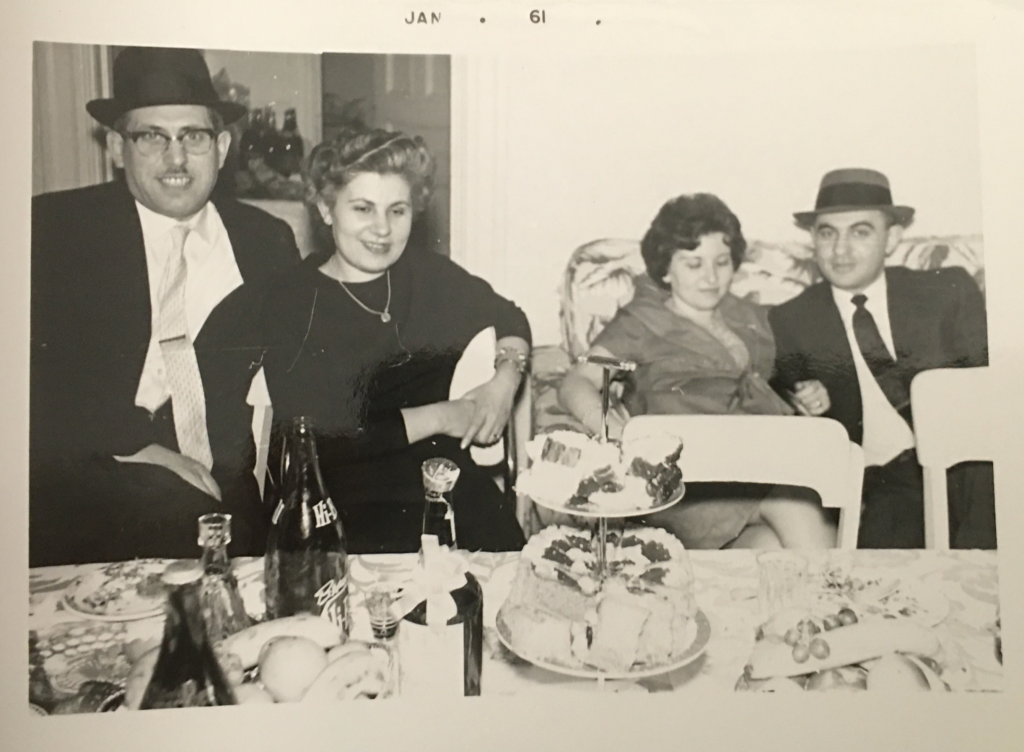The holiday season is a time to celebrate the miracles that surround us.
- The power of electricity is a miraculous force that illuminates our homes and public spaces.
- The miracle of cars and interconnected roads has brought swift global connectivity within our reach.
- Every time I step onto an airplane, the awe-inspiring miracle of flight captivates me.
- Film and the internet are enchanting miracles that fuel communication on a grand and intimate scale across the world.
- The profound miracle of love lies at the core of peace in our homes and the world.
My Recent Miracles
Miracle 1: Securing an Apartment in Jerusalem
In recent years, my visits to Israel have been a mix of extended family holidays and immersive studies at Shiviti and Simhat Shlomo. These are two respected unaccredited Jewish universities that are committed to exploring Jewish texts, practices, and history for adults.
During my last visit to Jerusalem in April, I searched for a place to live. While there were several options, the financial aspect was challenging. However, I came across a significantly more affordable apartment than the others, although it lacked luxurious amenities like a swimming pool or gym. This apartment was in a peaceful residential neighbourhood in Jerusalem, close to the bustling Emek Refaim Street with famous shops and cafes. It was also conveniently located not far from my favourite cinemas.
Acquiring the apartment from a distance was difficult, so I travelled to Israel immediately after the Jewish Fall Holidays on October 19th, 2022. Over the next five weeks, I could take possession of the apartment and transform it into a livable space. This was an incredible accomplishment, especially given the odds against me.
Miracle 2: Strolling through the Revitalized Streets of Jerusalem
During my time as a student at Hebrew University from 1965 to 1969, Jerusalem was a city where walking was the primary mode of transportation. However, during my recent visit, I was amazed by the transformation that had taken place. The city had undergone incredible expansion and rejuvenation, with buses, trains, tunnels, and superhighways connecting its suburbs to all the major cities of Israel, including Ben Gurion International Airport.
Before 1967, Jews were not allowed to access the ancient walled city of Jerusalem or the Western Wall, which is surrounded by the remaining outer wall of the ancient courtyard that once housed Solomon’s Temple.
In the period before the 1967 Arab-Israeli war, Jerusalem was a small town with only two main streets – Yaffo and Ben Yehudah. However, today, things have changed dramatically. Yaffo Street, a gateway to the Old City, now has a train running through it. Ben Yehudah Street has also transformed and has become a pedestrian mall. The center of the street is adorned with cafe tables, while diverse shops are situated on either side. A snapshot of a pedestrian haven near Ben Yehuda, Kikar Hamusika, showcases a charming square with tables, restaurants, and a main stage featuring live music performances. More often than not, this adds a dynamic and vibrant layer to the city’s contemporary charm.
Miracle 3: Reconnecting with old friends
On the day after I arrived in Jerusalem, I received a delightful surprise from my brother-in-law, Shragai. He told me that our friend Barbara Friedman, from Montreal, was hosting a gathering of fellow Montrealers in her apartment and had kindly invited me to join. This unexpected reunion provided me with a rare and precious opportunity to catch up with old friends, one of whom brought a guitar along.
Amid the convivial atmosphere, we sang various songs, including a whimsical children’s tune about Noah’s Ark, where animals entered “two by two.” The song’s timing felt particularly poignant, as it was the Friday before the Sabbath. During this sacred time, we explored the biblical story of Noah building the ark at the divine command, a vessel designed to protect his family and the animals from the pervasive immorality that had engulfed society during that era.
Miracle 4: Immersing in the European Cantors Convention in Budapest
On November 1st, I travelled from Israel to Hungary to attend the European Cantors Convention at the Rumbach Street Synagogue in Budapest. The area holds personal significance for me because it is where my parents married during World War II.
To capture the essence of the event, I hired a local cameraman to document it. I also explored Hungary with my cousins and learned about our family’s personal history.
At the convention, I had the opportunity to interview several notable cantors, including Cantor Benny Meisels, Cantor Deborah Katcko-Grey, and Cantor Leah Frey Rabiner. I also spoke with important figures involved in the convention, such as Harriet Kiss, the director of the Rumbach Synagogue, Geraldine Auerbach and Alex Klein, who led the event.
These conversations and experiences will be the basis for a documentary about the European Cantors Convention. The convention also included panel discussions and concerts, adding depth and meaning to the event.
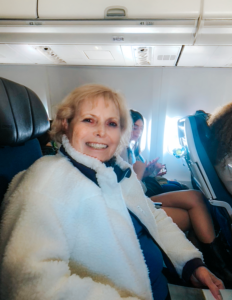
Tehila Umiel, my cousin from Los Angeles, accompanied me to the ECA, and together, we embarked on a journey of familial exploration.
Miracle 5: Rediscovering Our Family Heritage in Hungary
Rachel, Tehila, Tehila’s daughter, Effy Fadida from Israel, and I went on a pilgrimage to the ancestral lands of their Hungarian Jewish forefathers. We visited Tokay, Szabolcs, Kereztur, and Debrecen in Hungary, and local guides helped us understand the history and familial connections intertwined with these places.
In Kereztur, we found solace and reverence in the memory of the late Hassidic Rebbe Reb Shiele, who once lived there. We enjoyed kosher meals that nourished both body and soul amidst the embrace of tradition and echoes of the past. Today, Kereztur remains a beacon of hospitality, welcoming pilgrims worldwide and carrying forward the legacy of unity and kinship that transcends time and borders.
During our stay in Tokay, we visited the Rebbe’s resting place at night and paid our respects after dinner. The following day, we spent time with our relatives in Debrecen who had survived the aftermath of the Shoah. Our experience in Debrecen was recorded in the Hungarian Jewish Debrecen Community Bulletin, where I provided an English translation of our visit.
The Széchenyi Street bakeshop and its baker, Sándor Hirsch (Sanyi Hirsch, my late father’s brother), still live on in the memory of the elders of Debrecen. Descendants of his family, Rachel (Kaufman), Tehila (Umiel), Abigail (Hirsch), and Effy (Fadida) from America, Canada, and Israel, visited our community last week. First, they remembered their dead and visited the cemetery. Later, the family’s path led to the old wood-burning bakery. Although the religious community no longer owns this bakery, the oven still functions today as it did then. Ilonka Zsabolci (a Debrecen resident and daughter of the late Sandor Hirsch who grew up in one of the adjacent apartments) recalled every point of the bake shop precisely, just as our elders can recall their daily conversations and the aroma of the five-kilo loaves of bread that emanated from here during the 70s and 80s.
Ilonka also recalled families bringing their Sabbath cholent to the bake shop on Friday afternoon, and Sandor (Sanyi) would ask them, “Do you want the cholent’s texture to be soupy or thick?” Then, according to their request, he would place the labelled containers in the oven closer or further away from the flame.
Around the corner from the bakeshop at the intersection of István Tisza Boulevard and Simony Street #28 used to stand the compound of the late patriarch Samu Hirsch (Shlomo Yisroel, my grandfather, who perished in Auschwitz). There is no longer any trace of that compound. It has been torn down, and a modern apartment building is in place.
After our tour, we shared a joint lunch at the “Mazal Tov” restaurant of the Debrecen religious community. Gyuri Lázár from Los Angeles – formerly from Debrecen – joined us with his wife, Maggie. Gyuri is a member of a family still living in Debrecen. He left Hungary to study in the US and has lived in Los Angeles ever since. He happened to be visiting Hungary and is related to Rachel Kaufman’s father, Joshua Kaufman, who is also the son of a prewar Debrecen family.
During lunch, we shared memories and photographs.
After lunch, Abigail (Ágnes) Hirsch went over to the club room of the Rachel Women’s Association to get to know the local members. Unfortunately, they rarely have guests from Canada. Unfortunately, the visit was short because there was not much time before their train returned to Budapest.
Of course, the Jewish Quarter, with its synagogues and Holocaust Memorial Wall, was not to be missed. Family members were recalled everywhere.
Tehila and Effi, pictured here, could find Tehila’s father’s name – Bela Hirsch – carved into the memorial wall, which lists all of the Jews from Debrecen who were deported and died during this time, never to return.
The past came back and was moving for the religious community and the Hirsch family. Their stay in Hungary, including their commemoration in Debrecen, was filmed by a professional cameraman (Banki Zoltan). Abigail is working to integrate their family history into the history of the Jewish community in Hungary. The religious community is looking for additional materials for this. It will be a lasting reminder of the past and the present.
Written by Gabor Kreisler (who graciously served as our guide throughout the day, appointed by the Debrecen Jewish community).
Thank you, Gabor!
Miracle 6: Resilience of My Christmas Cactus
I was pleasantly surprised to find my Christmas cactus blooming beautifully after I arrived in Montreal. Thanks to a talented local plant expert, the cactus was transplanted with great care.
In this time of darkness, we can find hope in the simplest things. Even small lights can shine brightly, and a determined few can overcome great challenges, just like the Maccabees did.
May our homes be filled with peace and joy for this holiday season.
Am Yisrael chai – The People of Israel are alive!
Am Yisrael thrives!
And when Am Yisrael thrives, the world thrives!
I wish everyone a happy and meaningful holiday season, wherever you may be.
With warmth,
Abigail

In Montreal once more, donning my festive sweater as I join the Chanukah sing-along concert “Latkes and Lyrics” at the Segal Centre.

